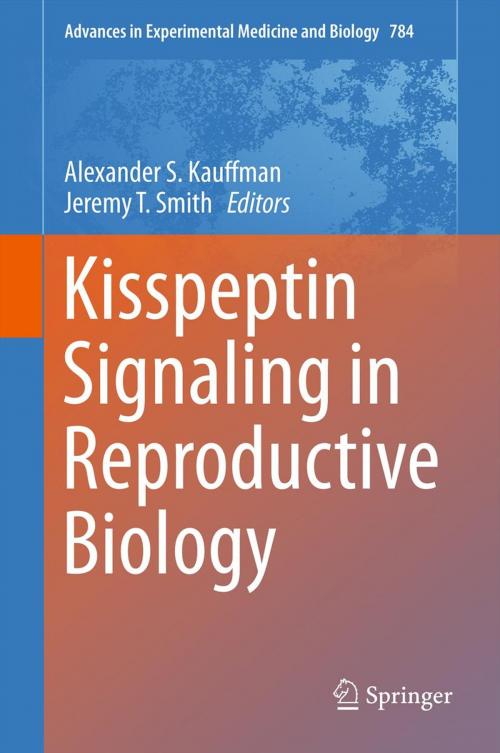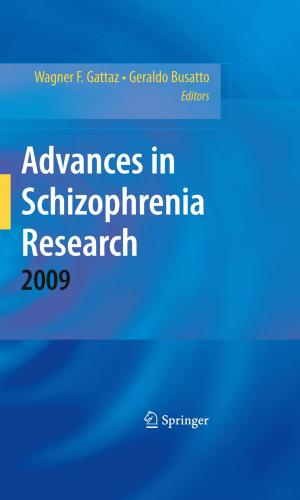Kisspeptin Signaling in Reproductive Biology
Nonfiction, Health & Well Being, Health, Ailments & Diseases, Genetic, Medical, Specialties, Internal Medicine, Endocrinology & Metabolism| Author: | ISBN: | 9781461461999 | |
| Publisher: | Springer New York | Publication: | April 2, 2013 |
| Imprint: | Springer | Language: | English |
| Author: | |
| ISBN: | 9781461461999 |
| Publisher: | Springer New York |
| Publication: | April 2, 2013 |
| Imprint: | Springer |
| Language: | English |
Kisspeptin has been shown to be both necessary and sufficient for activation of the reproductive axis, during puberty and later in adulthood. This makes kisspeptin a fundamental component of the reproductive axis. Kisspeptin has been deemed the single most potent stimulator of GnRH neurons yet known. The importance of kisspeptin has been documented in humans as well as non-human animal models, ranging from monkeys, sheep, and rodents to numerous fish species, thus signifying a highly conserved nature of its reproductive function. Importantly, kisspeptin neurons seem to mediate many of the regulatory effects of other signals, whether they are metabolic, circadian, hormonal, or stress. This places kisspeptin neurons in a unique position to be key nodal points and conduits for conveying numerous endogenous and exogenous signals to the reproductive axis.
Kisspeptin has been shown to be both necessary and sufficient for activation of the reproductive axis, during puberty and later in adulthood. This makes kisspeptin a fundamental component of the reproductive axis. Kisspeptin has been deemed the single most potent stimulator of GnRH neurons yet known. The importance of kisspeptin has been documented in humans as well as non-human animal models, ranging from monkeys, sheep, and rodents to numerous fish species, thus signifying a highly conserved nature of its reproductive function. Importantly, kisspeptin neurons seem to mediate many of the regulatory effects of other signals, whether they are metabolic, circadian, hormonal, or stress. This places kisspeptin neurons in a unique position to be key nodal points and conduits for conveying numerous endogenous and exogenous signals to the reproductive axis.















